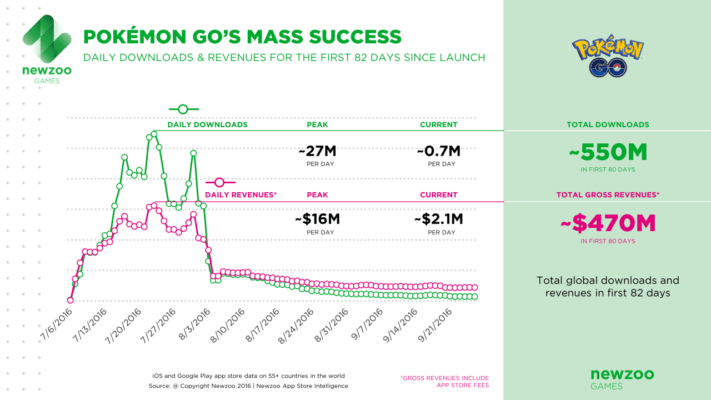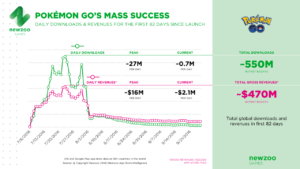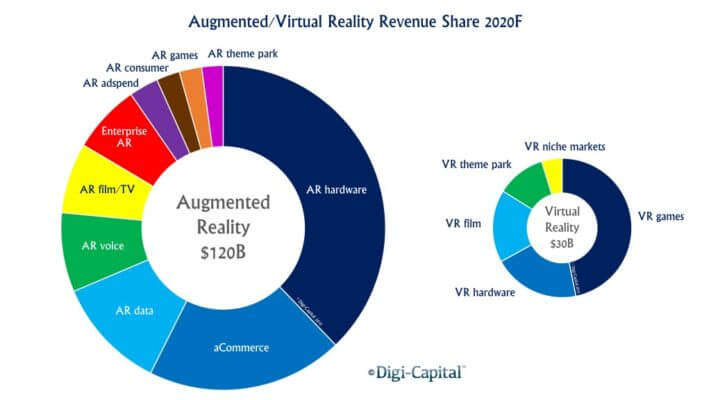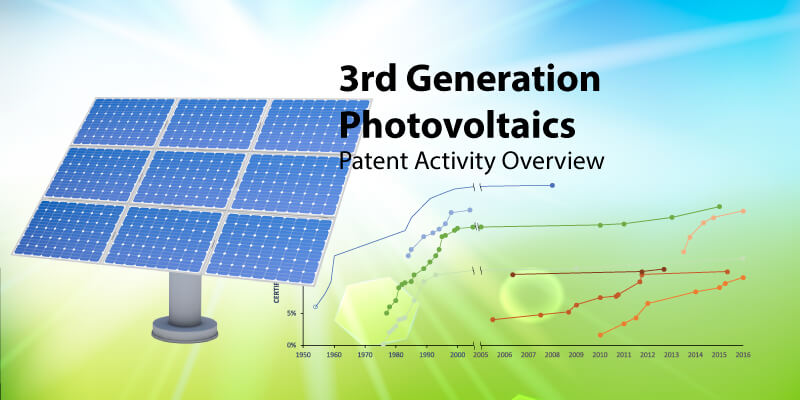The launch of Pokémon Go in July last year has catapulted augmented reality (AR) to mainstream status. Pokémon Go, a location-based AR game developed by Niantic and Nintendo, managed to beat several mobile app records, rapidly rising in less than a month to become the top grossing and most downloaded mobile app in both Apple and Google Play stores [1]. In its first month, it was downloaded more than 100 million times and generated more than US$160 million in total sales [2]. Unsurprisingly, Pokémon Go propelled Nintendo’s stock value (by more than US$9 billion) just a week after the app’s release [3].


(image from Newzoo.com)
Definitely, there is money to be made in AR. Since then, companies including Apple, Google, and Microsoft have been beefing up their AR-related patent portfolio and acquiring start-ups in the space. Apple has snapped up PrimeSense, Metaio, Faceshift, Emotient, Flyby Media, and recently RealFace, to keep pace with the competition. Microsoft spent US$150 million for IP rights in its bid to boost HoloLens [4]. Recently, it also acquired Simplygon, a 3D data optimization start-up, to accelerate HoloLens’ capability.
Does AR technology live up to the hype? The Gartner Hype Cycle, an industry standard measuring technology maturity and adoption, reports that AR is still in its “trough of disillusionment.” Case in point: Magic Leap.
Last year, a Magic Leap video showing players interacting with superimposed 3D gaming characters made rounds on the Internet. The ensuing media frenzy quickly turned into disappointment as news about it being fake surfaced. It was a classic case of overselling and under-delivering. If anything, Magic Leap has shown us why augmented reality can’t take flight more quickly than we’d like. The science simply can’t keep up—yet. Current devices equipped with AR capabilities consume a lot of processing power, storage, and memory. Input styles and interaction techniques also need to be extended, and misalignment issues addressed to enable a seamless user experience.

(image from www.digi-capital.com)
The picture is of course not entirely bleak. The AR space is still relatively uncrowded, and the breadth of possible applications is very wide. Several estimates place AR market value reaching at least US$50 billion by 2020. AR is currently being used across different market segments, from healthcare to industrial applications. Content and software creation is likely to pick up the pace as the hardware component continues to develop and remove nagging technical issues.
References:
- Osborn, A. (2016, July 07). Pokemon Go Is the Top Grossing App on the US App Store. Retrieved April 16, 2017, from https://www.ign.com/articles/2016/07/07/pokemon-go-is-the-top-grossing-app-on-the-us-app-store
- Moon, M. (2016, August 01). ‘Pokémon Go’ hits 100 million downloads. Retrieved April 16, 2017, from https://www.engadget.com/2016/08/01/pokemon-go-100-million-downloads/
- Etherington, D. (2016, July 11). Pokémon Go adds $9B to Nintendo’s value, global rollout continues this week. Retrieved April 16, 2017, from https://techcrunch.com/2016/07/11/pokemon-go-adds-9b-to-nintendos-value-global-rollout-continues-this-week/
- Lunden, I. (2014, March 27). Microsoft Paid Up To $150M To Buy Wearable Computing IP From The Osterhout Design Group. Retrieved April 16, 2017, from https://techcrunch.com/2014/03/27/microsoft-paid-up-to-150m-to-buy-wearable-computing-ip-from-the-osterhout-design-group/
- AR/VR Sets New Records For Deals And Dollars In 2016. (2017, January 05). Retrieved April 16, 2017, from https://www.cbinsights.com/blog/ar-vr-startup-funding/






